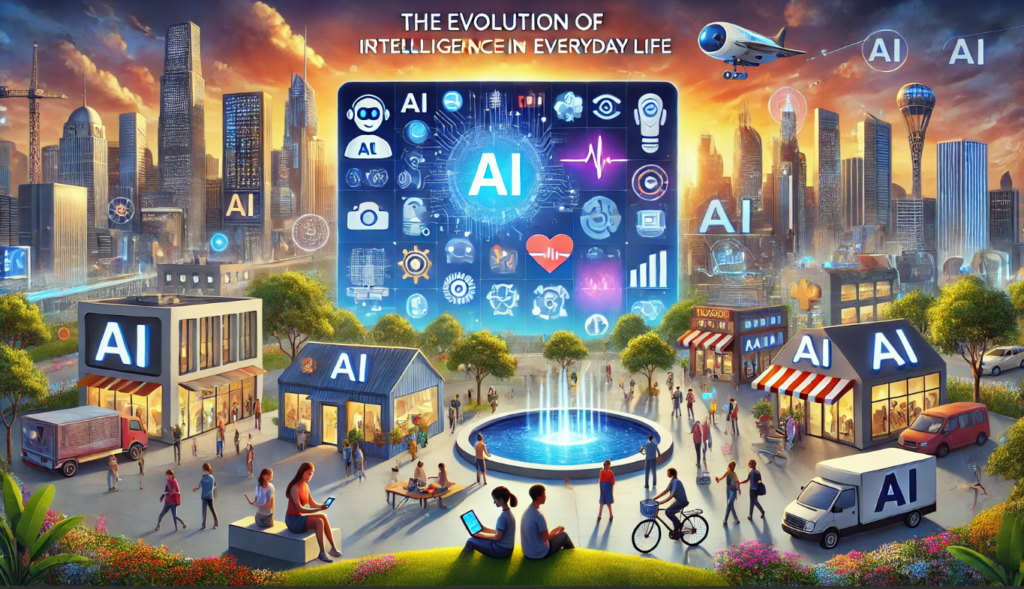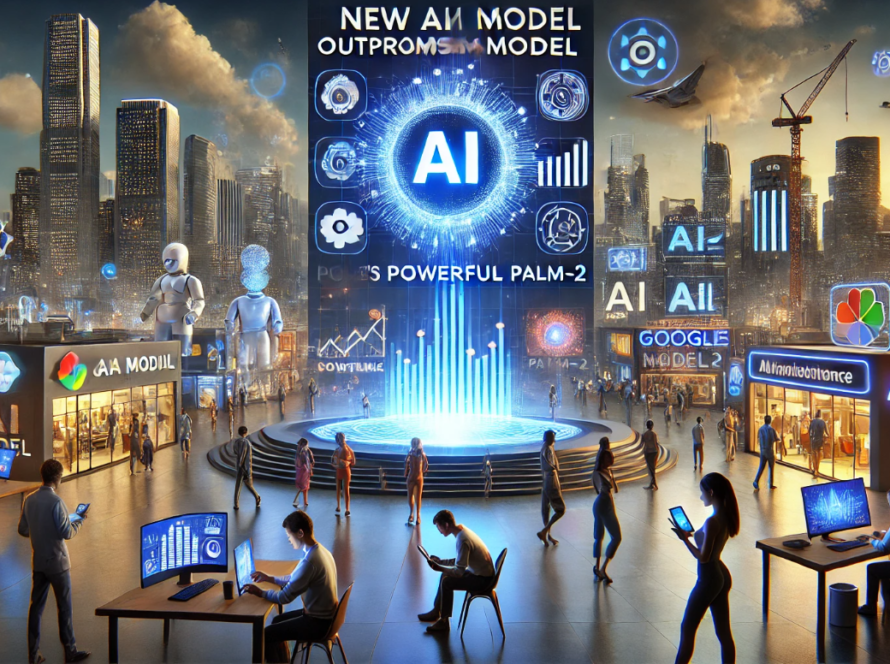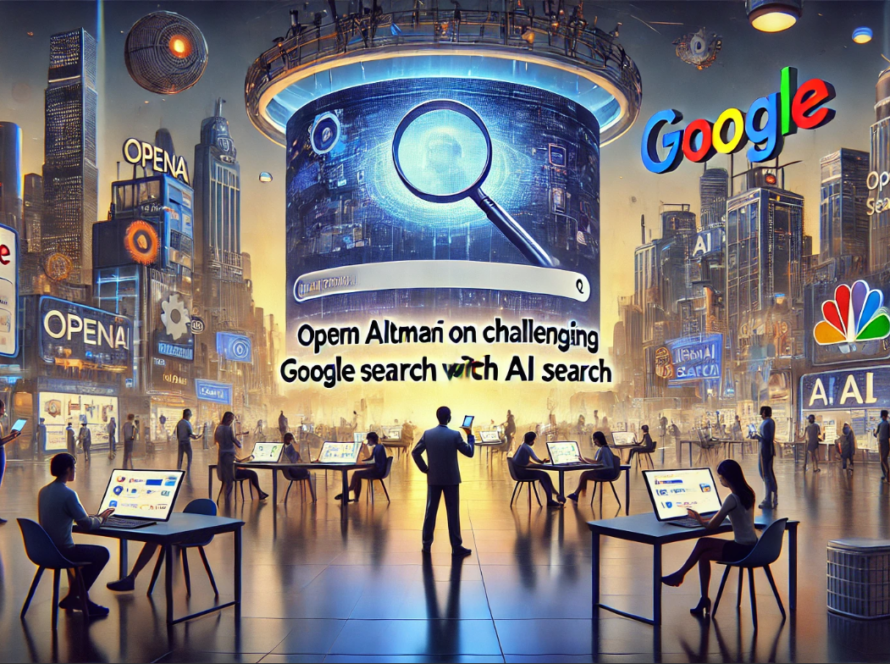From Concept to Integration: AI’s Ubiquitous Presence Artificial Intelligence (AI), once a distant concept shrouded in the mysteries of future tech, has seamlessly integrated into our daily lives. This transition has transformed the way we interact with digital platforms and use various applications and services.
The Quiet Beginnings
A few years ago, AI’s role was largely behind the scenes—silently powering data processing and optimization for major services. It wasn’t until 2023 that AI became a staple in our everyday digital tools, significantly enhancing the functionality and features of the applications we use daily.
Transforming Digital Experiences Through AI
AI’s integration into our digital experiences is profound and far-reaching. From the Live Text Translation feature in iOS 16 to Gmail’s Auto-complete functionality, AI has become an indispensable part of how we navigate our digital environments.

Innovations in Creative Tools
AI’s impact is particularly notable in creative and productivity tools. AI-powered platforms can now generate detailed visuals from simple text descriptions or turn basic sketches into sophisticated 3D models in real-time. This technological leap has made video creation and other traditionally labor-intensive tasks more accessible and innovative, leveraging AI for tasks like background detection and stylization.
A Personal Perspective on AI's Influence
- As a professional with a background in design, I am compelled to explore how these AI advancements are reshaping our interactions with devices and software. We’re moving away from traditional methods like keyboards and mice, embracing more intuitive forms of communication with AI-enhanced tools. This shift allows users to orchestrate technology creatively and effectively
The Authenticity Debate in AI-Enhanced UX
Enhancing or Compromising Authenticity?
The integration of AI in user experience (UX) design sparks a critical debate: does AI enhance the authenticity of user interactions, or does it compromise it? Proponents argue that AI acts as a transformative force, enabling personalized experiences and streamlined processes. However, skeptics worry about the erosion of genuine human connection, advocating for a cautious approach to AI’s increasing role in our lives.
The Ethical Dilemma
As AI’s capabilities expand, they bring along ethical challenges that UX professionals must navigate. The need for responsible AI adoption is paramount, emphasizing user-centric design principles, transparency, and open dialogue to ensure that AI complements rather than replaces human expertise.
AI in Action: Expanding Applications Beyond Traditional Uses
AI is redefining our interaction with everyday tools like cameras, which now do more than capture images. Equipped with AI, cameras can recognize QR codes, translate texts, and perform visual searches, merging the physical and digital worlds in innovative ways.
Real-World Application: The Dot-go App
The Dot-go app is a prime example of AI’s potential, using smartphone cameras to initiate automated processes. Originally designed to assist visually impaired users, it now offers capabilities like identifying bus routes or calculating calorie intake, showcasing AI’s ability to enhance daily life for all users.
AI's Impact on Development: A Firsthand Account
GitHub Copilot: A Collaboration Enhancer
During my tenure at GitHub, I observed the development of GitHub Copilot, a tool designed to foster collaboration between developers and AI. By enhancing Copilot’s contextual understanding, GitHub’s machine learning experts ensured that it could effectively assist in programming tasks, improving communication and collaborative efforts within the development community.
The Importance of AI in Coding
Copilot’s journey from concept to implementation highlights the potential of AI-driven tools to revolutionize coding by automating routine tasks and fostering creative problem-solving. This blend of human and AI collaboration is crucial for advancing the field and enhancing the developer experience.
Conclusion: The Future of AI and UX Design
AI’s role in UX design is transformative, offering new ways to personalize and enhance user interactions. By marrying AI capabilities with human creativity, designers can create exceptional digital experiences that resonate on a deeper level with users. As we continue to explore and integrate AI, it’s crucial to maintain a balance that respects both technological potential and the authenticity of human interactions.
Key Takeaway
AI is not just a tool but a partner in shaping the future of user experience design. Its ability to analyze and adapt to user behavior promises a new era of interaction where technology and human creativity achieve a harmonious balance. The journey of AI in UX is just beginning, and its full potential is yet to be realized.



